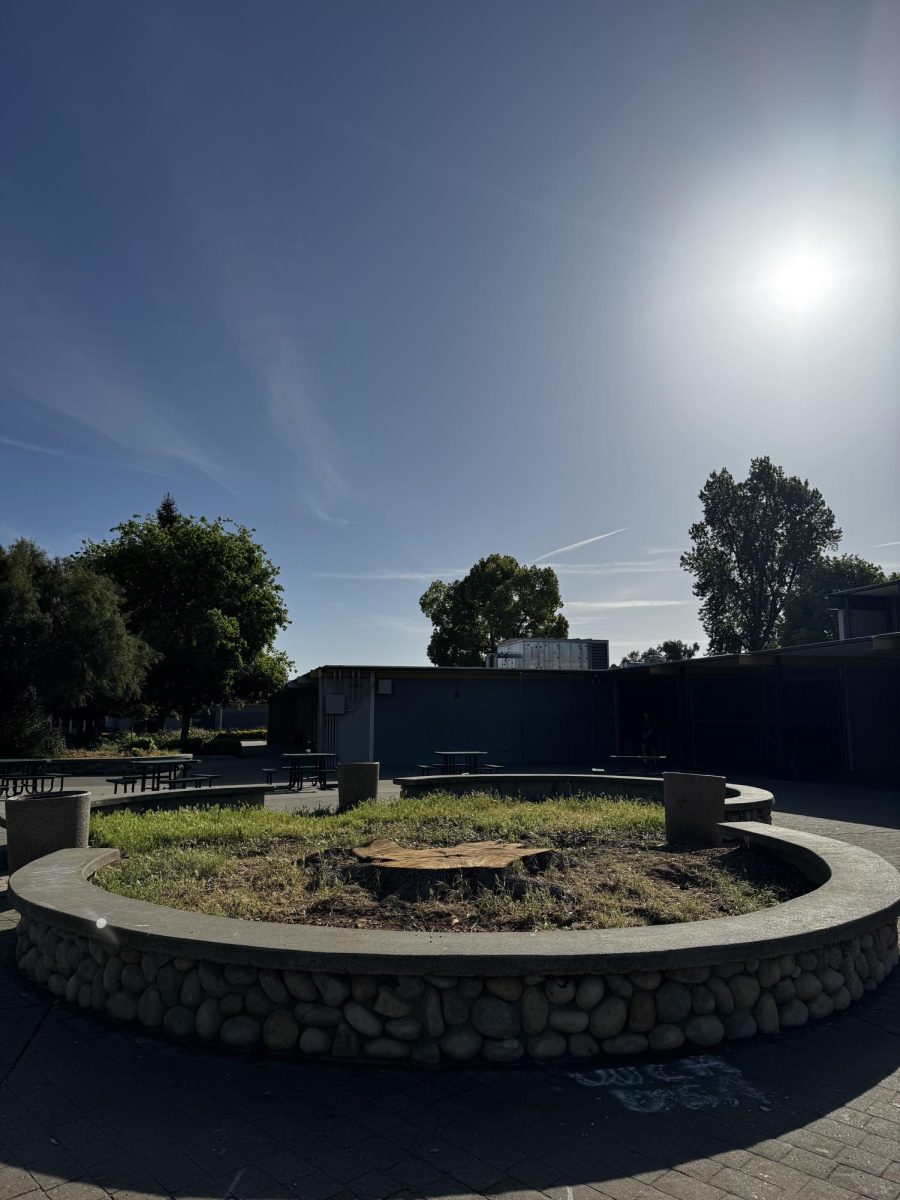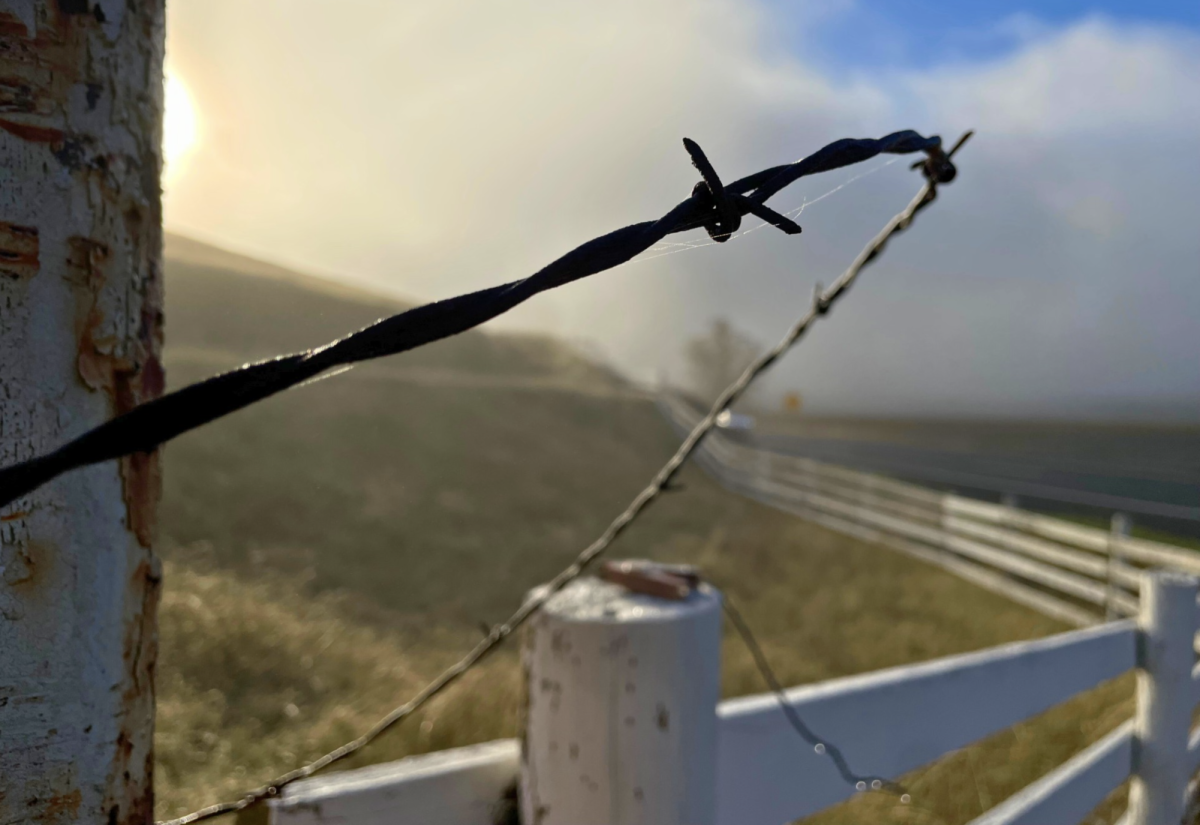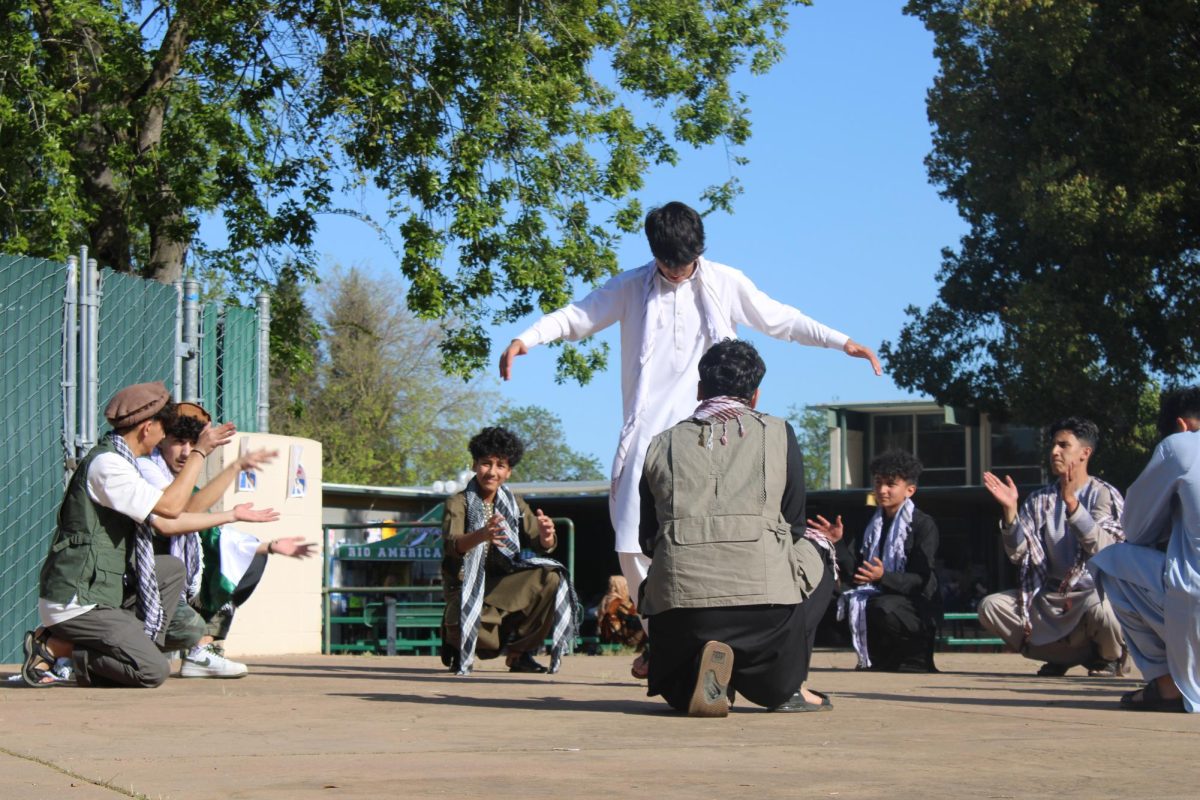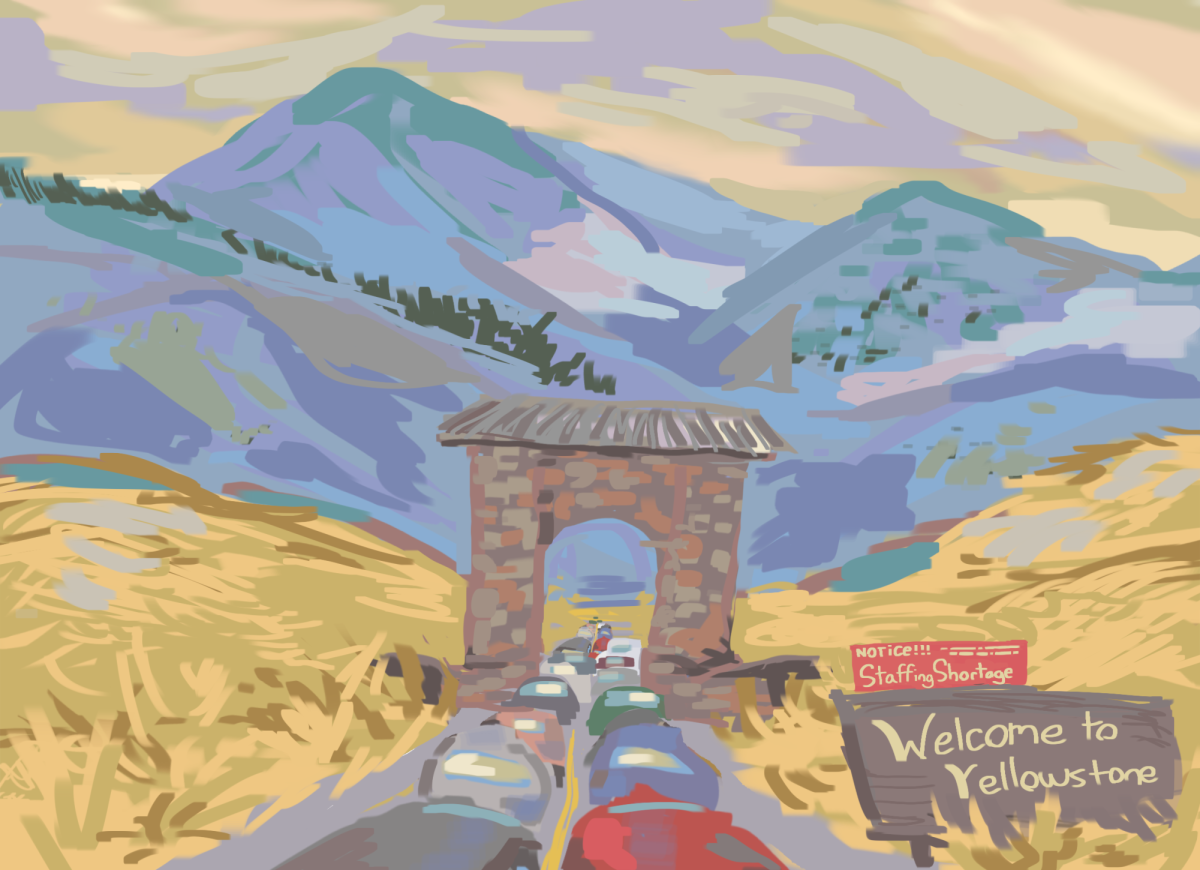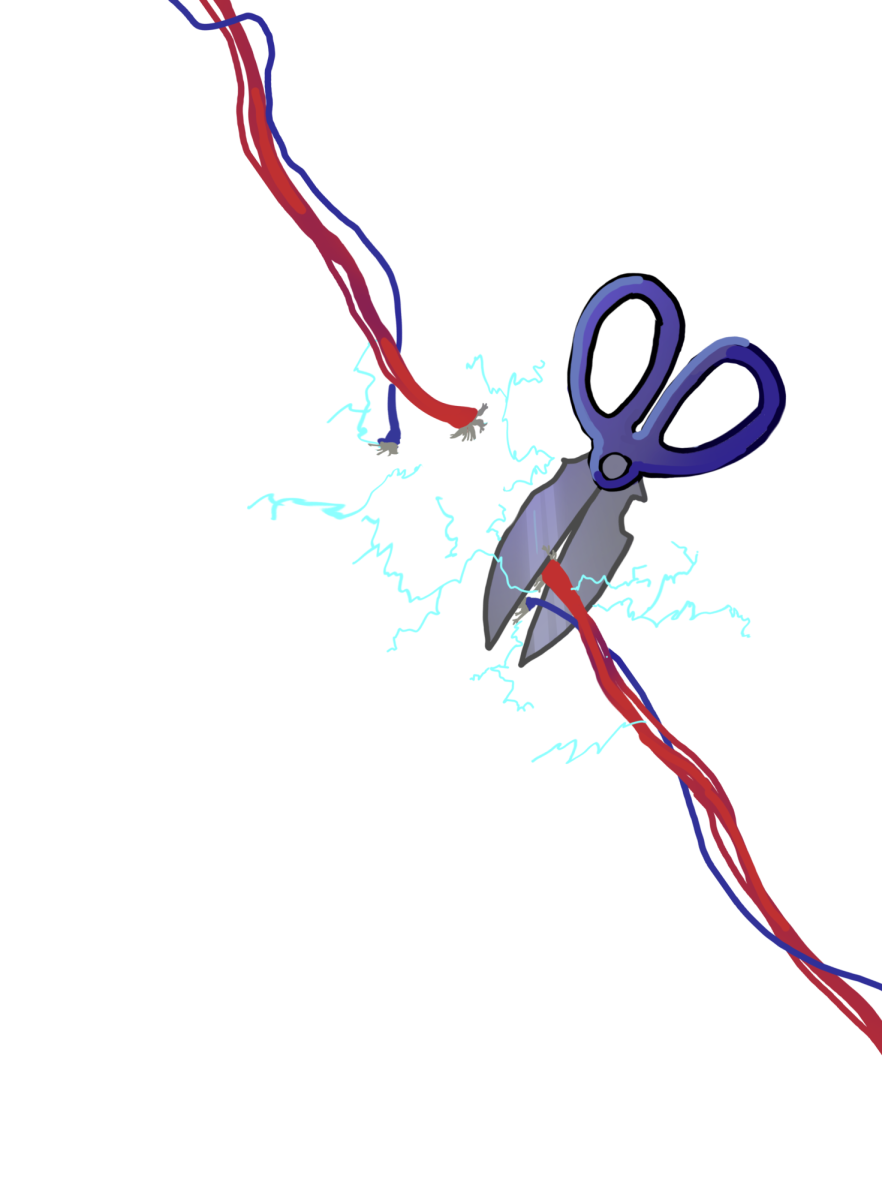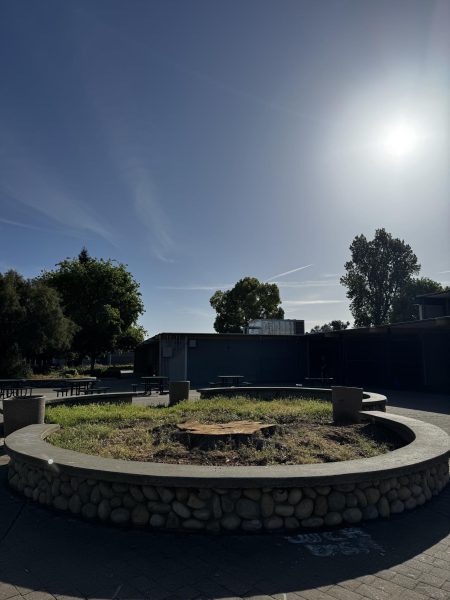Record-Breaking Temperatures Cause The Largest Fires in California State History
Wildfires raging statewide have burned millions of acres, negatively impacted air quality, and stretched California’s fire crews thin as they try to fight the blazes.
Photo By Jessica Sheppard
Smoke from the Creek Fire obstructed views from inside Yosemite National Park and interfered with visitors’ hiking and camping. As of Sept. 9, all 18 national forests in California are closed.
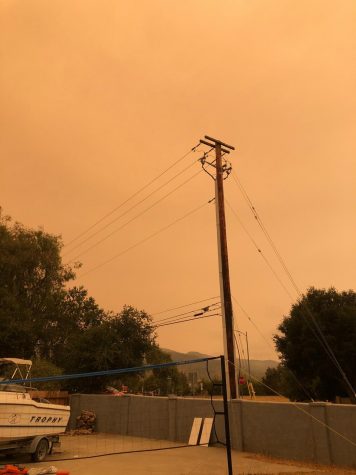
As California faces yet another year of heat waves and record-breaking temperatures, firefighters throughout the state are struggling to contain the 22 fires which have burned over 2 million acres. These wildfires, accompanied by extreme temperatures and a shortage of firefighters, broke the record for land scorched statewide, according to Cal Fire Capt. Richard Cordova.
The wildfires first made headway in the middle of August with the SCU Lightning Complex, which prompted evacuation orders in Santa Clara, Alameda, Contra Costa, San Joaquin, and Stanislaus counties. The fire, which is 94 percent contained as of Sept. 7, has burned nearly 400,000 acres and destroyed 204 structures.
The SCU Lightning Complex, coupled with the LNU Lightning Complex in Napa, Sonoma, Yolo, and Solano Counties, have caused the air quality throughout Northern California to worsen, forcing millions of people to remain inside their homes. Advisory warnings have been issued by Cal Fire recommending people to limit their time spent outdoors while the state continues to battle these fires.
In Gilroy, California, communities were alerted early in the morning by their cell phones ordering some neighborhoods to evacuate immediately.
“I got an emergency broadcast through my phone at like three in the morning,” said Junior Jaden Lenox. “We were 60 feet away from the border on the map where the mandatory evacuation was ordered. We got lucky enough only to be on standby for evacuation and not be required to do so, but at any minute they could’ve told us it was too dangerous and we have to evacuate.”
Even through Sept. 9, the fires, though mostly contained, continue to affect communities throughout the Bay Area.
“The fires are still going on, the fire brigade is still camping right outside, and it still looks like the Twilight Zone outside,” Said Lenox. “I can only leave my house for necessities and to shorten the time spent outside, my family has been using curbside pickup at grocery stores.”
California Governor Gavin Newsom has declared a state of emergency and secured a Presidential Major Disaster Proclamation from the White House, allowing the state to receive federal aid to fight the fires.
Even with 14,000 firefighters working to stop the blazes, outbreaks of COVID-19 within the California Prison system have caused the state to send many prisoners home, who would normally be fighting the fires.
Cal Fire Spokesman Brice Bennett said in a press conference, “Inmate fire crews are absolutely imperative to our ability to create a hand line and do arduous work on our fires.”
California’s use of prisoners to fight wildfires has sparked controversial debates and criticism from all corners as the inmate firefighters are paid only $1 an hour to fight the fires, which many people describe as slave labor. However, estimates from the California Prisons Department show that the inmate firefighters save California taxpayers tens of millions of dollars a year, which is part of the reason why the state has kept them active for so long.
Even then, Governor Newsom’s most recent budget passed over summer calls for the closing of eight inmate fire camps, estimating to save $7.4 million dollars.
Meanwhile, California continues the fight against wildfires which are continuing to pop up in nearly every single part of the state. As of Tuesday, Sept. 8, a new fire named the Bear Fire , broke out in Oroville, forcing expanded evacuation warnings for at least 20,00 residents in Yuba and Butte counties.
This fire is part of a much larger group of fires known as The North Complex, which was exacerbated by a combination of dry wind and lightning. It has already erupted to a total of 150,000 acres and is 38 percent contained, as of early Wednesday morning.
California will continue to pull on all its resources to combat the fires as they are continuing to surge across the state.



